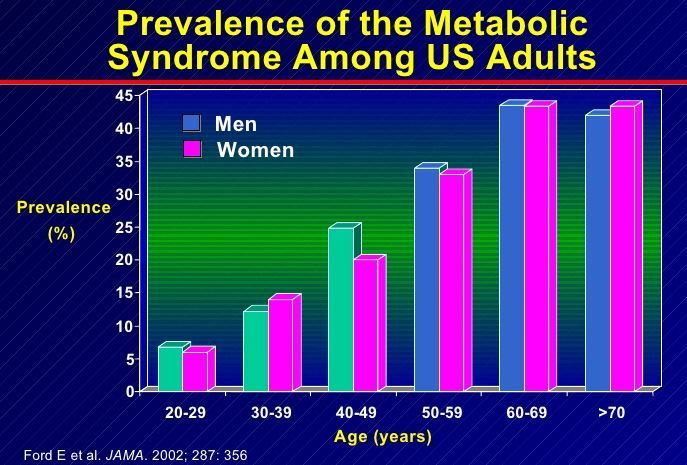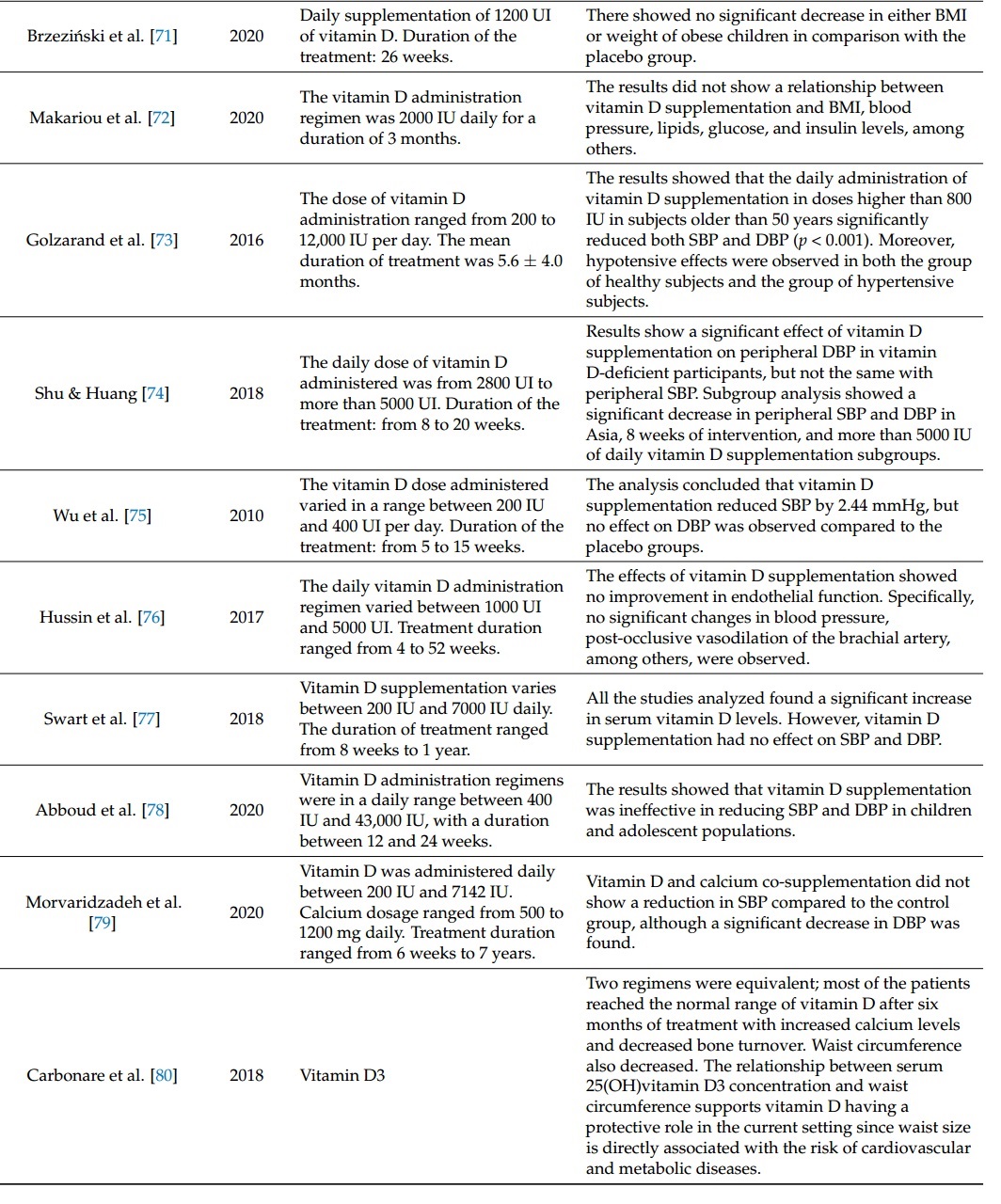Metabolic Syndrome and Vitamin D - review of 33 studies
Role of Vitamin D in the Metabolic Syndrome
Nutrients 2021, 13(3), 830; https://doi.org/10.3390/nu13030830
by Lucía Melguizo-Rodríguez 1,2,Víctor J. Costela-Ruiz 1,2,Enrique García-Recio 1,2OrcID,Elvira De Luna-Bertos 1,2OrcID,Concepción Ruiz 1,2,3,*OrcID andRebeca Illescas-Montes 1,2OrcID
1 Biomedical Group (BIO277), Department of Nursing, Faculty of Health Sciences, University of Granada, 18016 Granada, Spain
2 Instituto Investigación Biosanitaria, ibs.Granada, 18012 Granada, Spain
3 Institute of Neuroscience, University of Granada, 18016 Granada, Spain
The prevalence of hypovitaminosis D has risen in developed countries over the past few years in association with lifestyle changes and an increase in unhealthy habits. Vitamin D deficiency has been implicated in various diseases, including metabolic syndrome (MetS), which is clinically defined by a set of metabolic and vascular disorders. The objective of this study was to review scientific evidence on the relationship between MetS and vitamin D deficiency to support the development of prevention strategies and health education programs. An inverse relationship has been reported between plasma vitamin D concentrations and the features that define MetS, i.e., elevated serum concentrations of glucose, total cholesterol, low-density lipoproteins, triglycerides, glycosylated hemoglobin, and a high body mass index. Numerous studies have described the benefits of vitamin D supplementation to improve outcomes in individuals with MetS. Interventions to maintain optimal vitamin D concentrations are proposed as a preventive strategy against MetS.
 ---
1. See similar on web for older adults
* Association between 25-Hydroxyvitamin D and Metabolic Syndrome in Older Adults : The Health, Aging and Body Composition Study - March 2021
* "In whites, low 25(OH)D levels were associated with prevalent MetS (adjusted OR (95% CI), 1.85 (1.47, 2.34)) and 1.96 (1.46, 2.63) for 25(OH)D of 20-<30 and <20 vs. ≥30 ng/ml, respectively). "
* * *📄 Download the PDF from VitaminDWiki* *
---
1. See similar on web for older adults
* Association between 25-Hydroxyvitamin D and Metabolic Syndrome in Older Adults : The Health, Aging and Body Composition Study - March 2021
* "In whites, low 25(OH)D levels were associated with prevalent MetS (adjusted OR (95% CI), 1.85 (1.47, 2.34)) and 1.96 (1.46, 2.63) for 25(OH)D of 20-<30 and <20 vs. ≥30 ng/ml, respectively). "
* * *📄 Download the PDF from VitaminDWiki* *
📄 Download the PDF from VitaminDWiki



